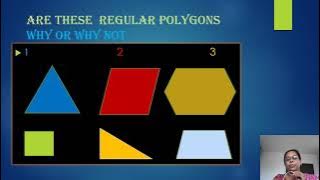Isothetic polygon
An isothetic polygon is a polygon whose alternate sides belong to two parametric families of straight lines which are pencils of lines with centers at two points (possibly the point at infinity). The most well-known example of isothetic polygons are rectilinear polygons, and the former term is commonly used as a synonym for the latter one. (Wikipedia).




















